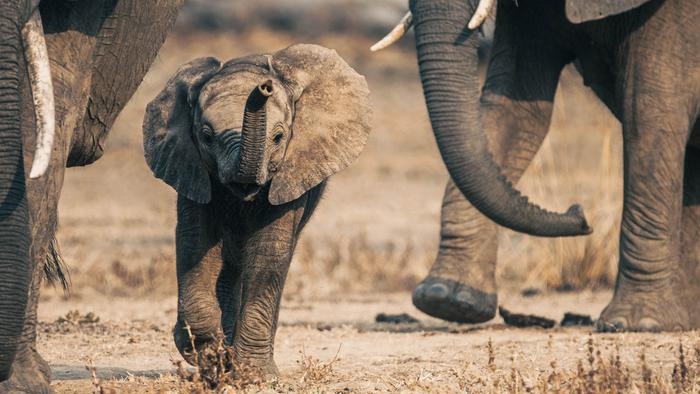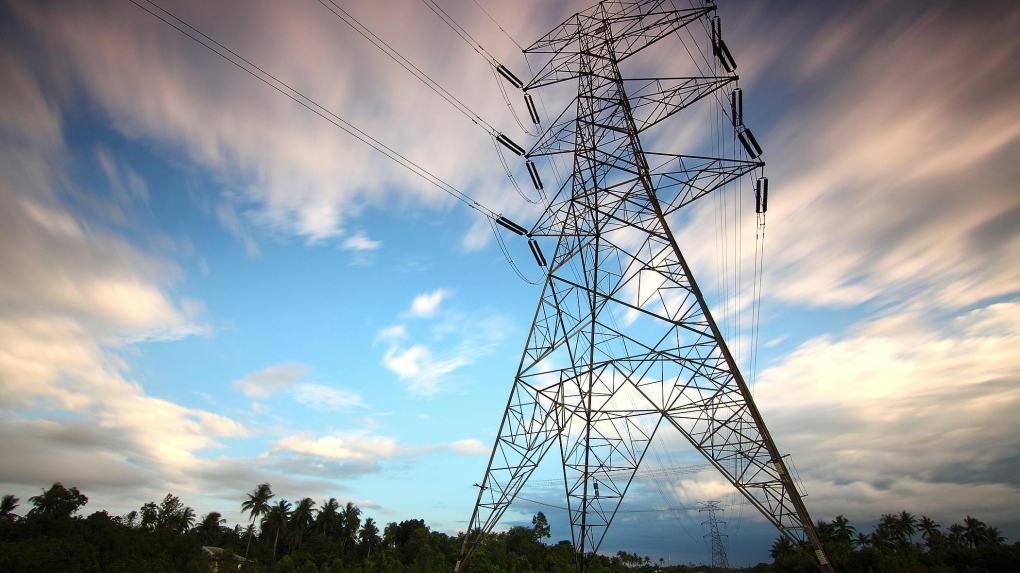African savannah elephants face a lot of threats, from poachers to environmental change, and one of the most successful strategies in ensuring their survival has been establishing protected areas.
This strategy has helped to halt years of decline in the elephant population, according to a new study which calculated the growth rate of more than 100 groups of elephants in southern Africa and found that numbers are no longer slipping.
In 2020, there were the same number of elephants than there were 25 years earlier, which is a win for the uphill battle of conservation, researchers said.
But across the area studied, which accounted for an estimated 70 per cent of the global savannah elephant population, there were huge disparities seen, with some regions seeing a booming population, and others seeing a sharp decline.
So which protected areas of Africa are the best at keeping elephants safe and allowing them to thrive?
Researchers found that the key to long-term growth and sustainability of elephant populations isn’t where a protected area is, but how connected it is to other protected or neutral areas around it.
“What’s crucial is that you need a mix of areas with more stable core populations linked to more variable buffer areas,” Ryan Huang, a Duke University PhD now doing postdoctoral research at Conservation Ecological Research Unit and lead author of the study, said in a press release.
The study, published in the peer-reviewed journal Science Advances on Friday, looked at nine conservation clusters covering an area of roughly 526,000 square kilometres, accounting for more than 290,000 elephants across 103 protected areas.
Half of the elephants lived in what researchers defined as core areas, with 45 per cent living in buffer areas around these core regions.
These less populated buffer areas allowed elephants to move more freely and avoid threats.
“These buffers absorb immigrants when core populations get too high, but also provide escape routes when elephants face poor environmental conditions or other threats such as poaching,” Huang said.
The study found that while “fortress” conservation areas, which are very well protected but also very isolated, are effective at driving elephant numbers up, they aren’t as sustainable long-term as protected areas that allow for more roaming. These areas are relatively small and formed around the idea of creating an area where elephants are kept in and humans are kept completely out.
“Unchecked growth isn’t necessarily a good thing, however,” Stuart Pimm, a professor of conservation at Duke University and study co-author, said in the release. “Rapidly increasing populations can outgrow and damage their local environment and prove hard to manage — introducing a threat to their long-term stability.”
Less than five per cent of the region’s elephants were found in these more insular fortress conservation areas.
Conservation fortresses are seen across the globe—segregating wildlife for their protection and management is very common, researchers said. But this study suggests it isn’t always the best option.
“Calling for connecting parks isn’t something new. Many have done so,” Huang said. “But surprisingly, there has not been a lot of published evidence of its effectiveness so far. This study helps quantify why this works.”
Although elephant populations are largely stable in Africa, the study highlighted areas for concern as well.
When researchers measured the population growth rate between 1995 and 2020, some of the regions showed steep declines. The Selous Game Reserve in Tanzania, for instance, has lost nearly 1493 elephants per year for 20 years.
In general, south Tanzania, eastern Zamiba and northern Zimbabwe have all been hit hard by illegal poaching by poachers looking for ivory.
Researchers found that core protected areas had no change in their population growth whether they were in a more highly poached region or not. But buffer areas saw larger drops in their elephant populations when poaching was higher.
“Connecting protected areas is essential for the survival of African savanna elephants and many other animal and plant species,” Celesté Maré, co-author and doctoral student at Aarhus University in Denmark, said in the release. “Populations with more options for moving around are healthier and more stable, which is important given an uncertain future from climate change.”




